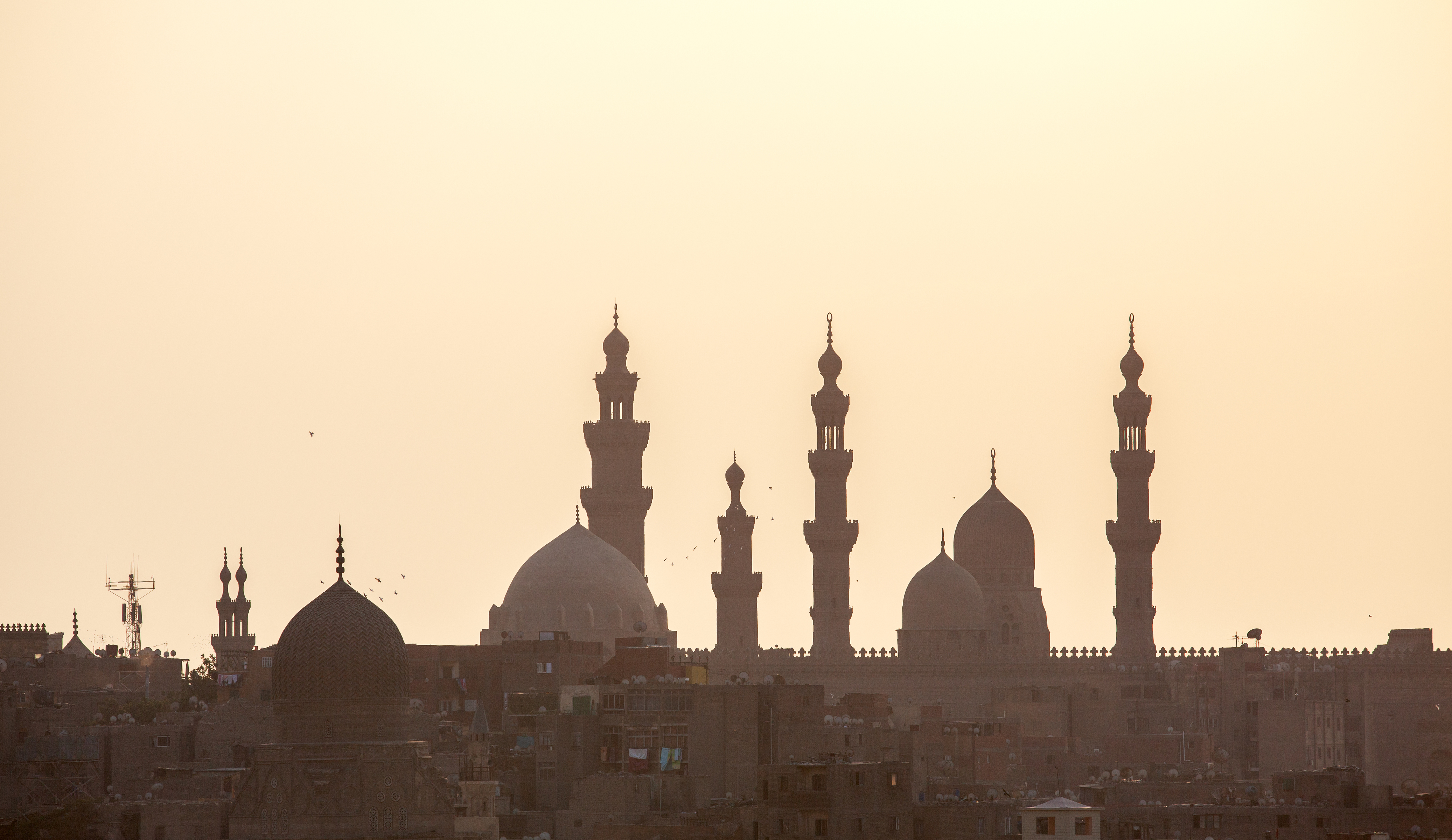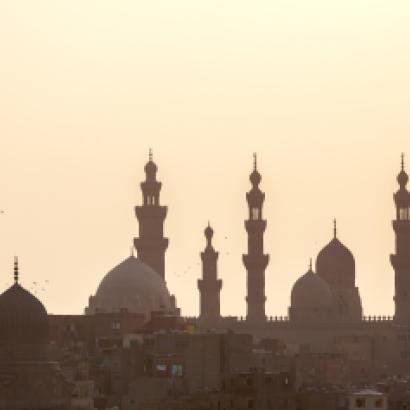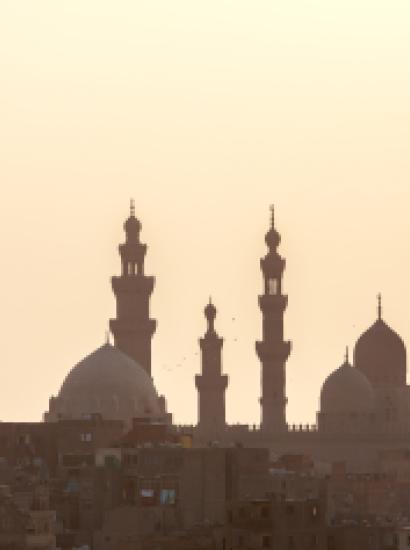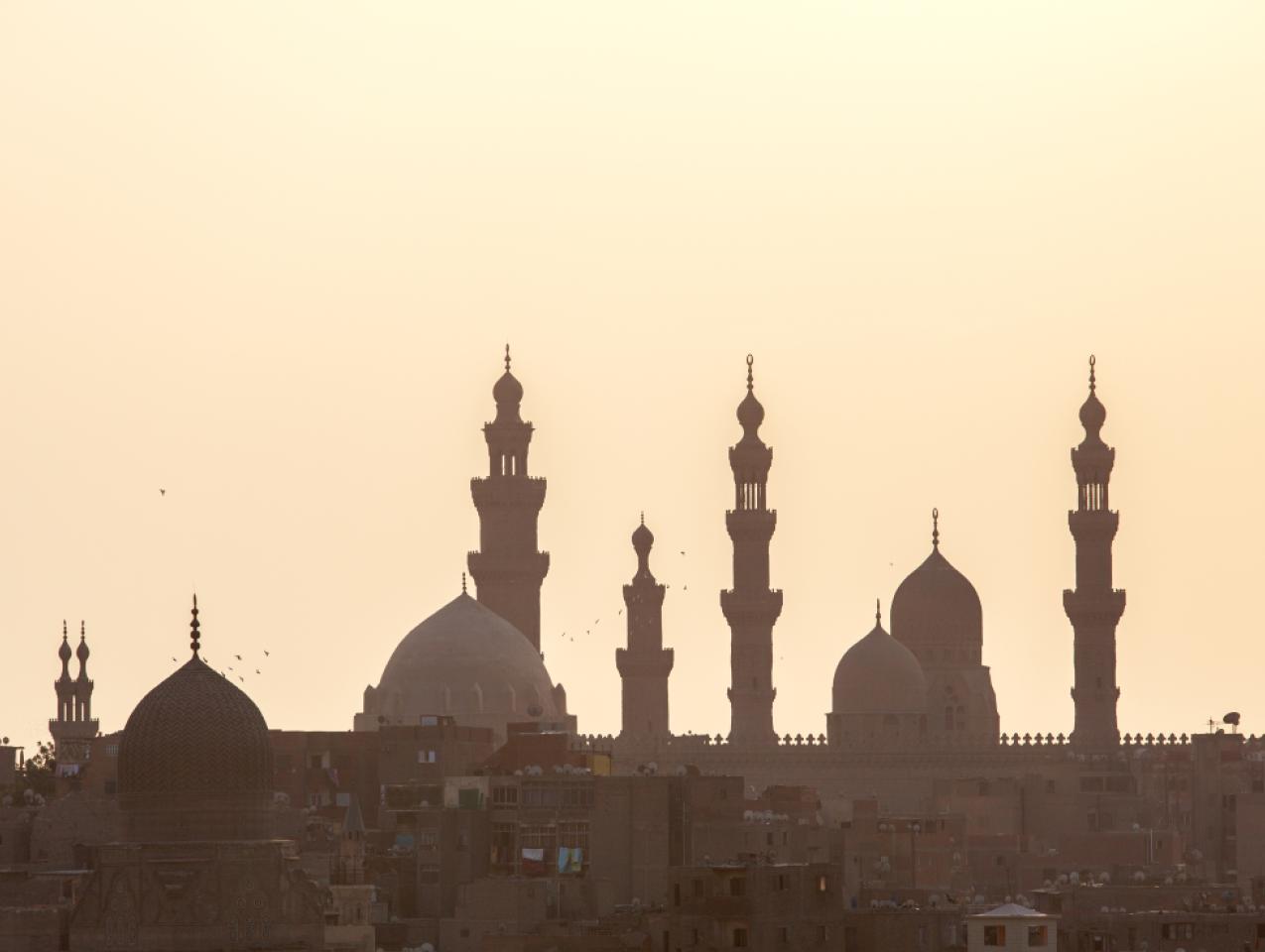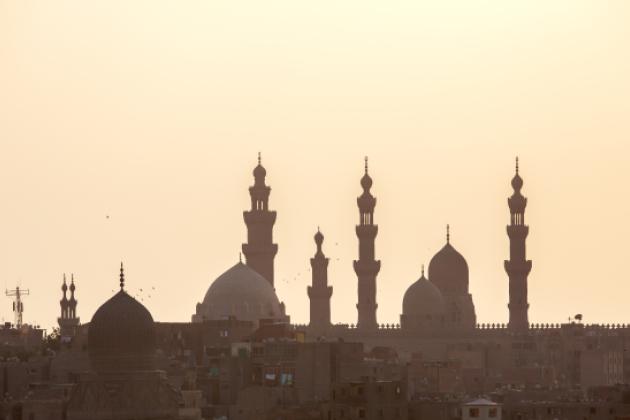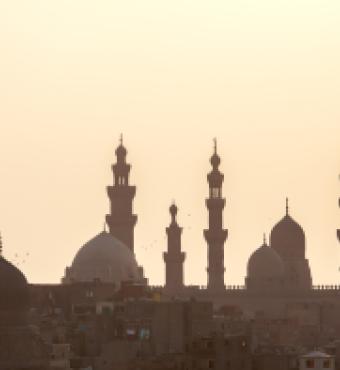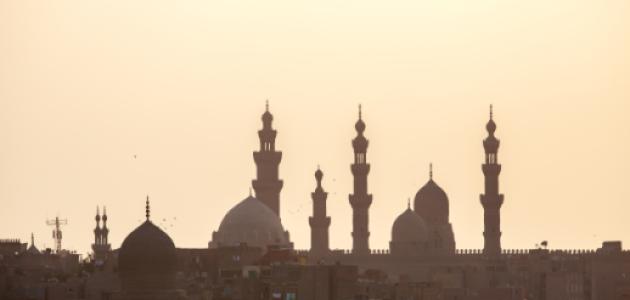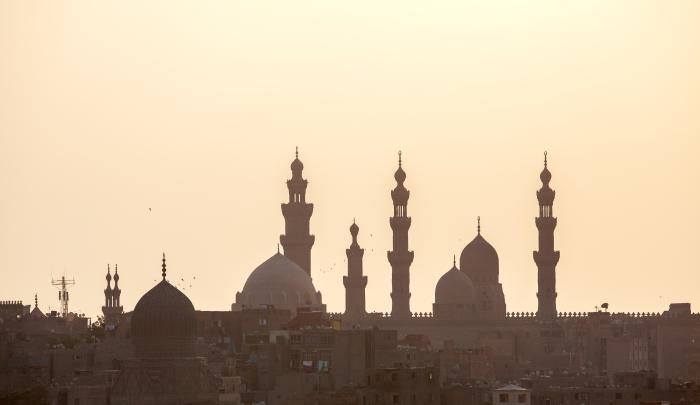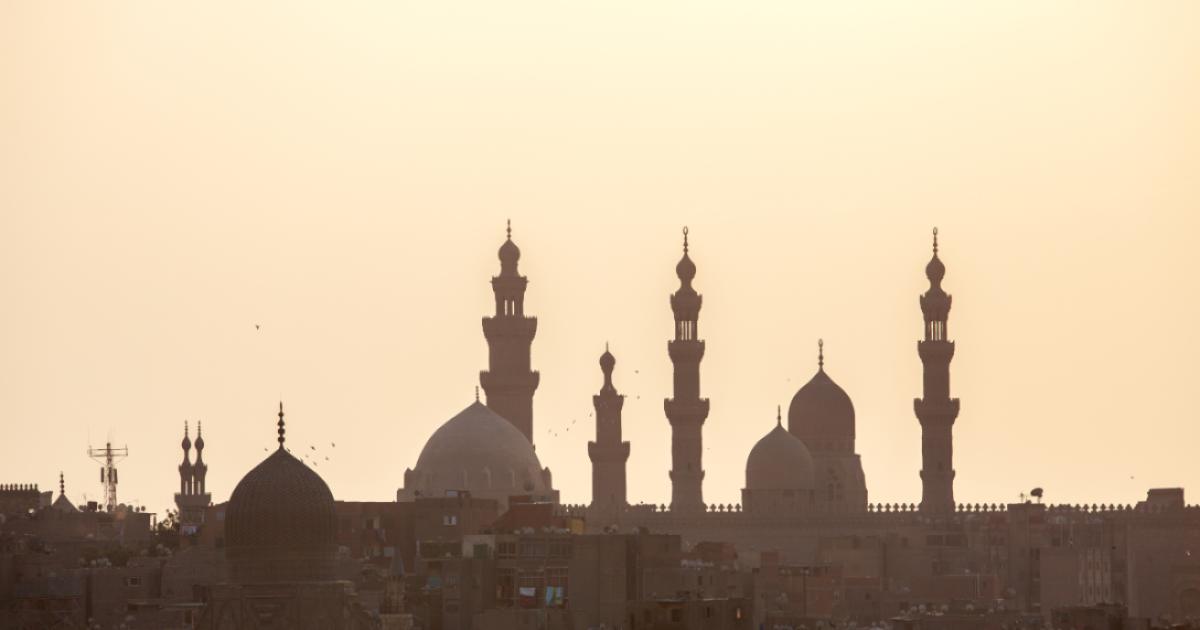The thousands of Egyptian mourners greeting the body of Omar Abdel Rahman, the “Blind Sheikh,” alarmed many of their countrymen who had hoped the elderly Jihadist cleric had become irrelevant. Abdel Rahman’s funeral sent a signal that although Islamists may be a numerical minority—and are for the time being politically defeated—their ideas still very much resonate with a sizeable cross section of this country of 90 million. The central mission of Salafi groups and the Muslim Brotherhood to Islamize Egypt and undo any hint of Westernization or liberalism has largely been successful, but the rise of Islamism did not occur in a vacuum. To the movement’s supporters this “Islamist Project” effectively became their Islam, thus giving the movement unparalleled resiliency. Islamism to some of them is a righteous political project that resists Western conceptions of state and politics. For others, there is simply no viable political alternative because nothing can challenge Islam. For these reasons, among others, Islamism will continue to have a future in Muslim societies still struggling with the fundamental challenge of reconciling their religion with modernity and their societies with liberalism.
One of the central Islamist actors has, of course, been the Muslim Brotherhood, but the future of the movement is more uncertain now than at any time since its founder Hassan al-Banna was assassinated six decades ago. Then, the group was reeling from internal disputes, a leadership crisis, and eventual near extinction in Nasser’s jails. Its central ideologue at the time, Sayyid Qutb, produced what remains the movement’s only true intellectual works as he attempted to re-interpret the Quran and came to the radical conclusion that Islam was effectively not being practiced in its correct form and that a vanguard must bring it back.
Fortunately for Egypt, the natural conclusion of Qutb’s writings, the ideas of Takfir (declaring other Muslims apostates) and violence, failed to resonate with most Brothers. However, in the process it helped give birth to militant breakaway factions and eventually Salafi Jihadism. What the Brotherhood did however inherit from Qutb was arguably a suspicion of the wider society and its capacity to achieve the awaited Islamist deliverance. The Brotherhood therefore had to remain a hierarchically rigid vanguard, with a careful acculturation and vetting process, to protect itself from the outside world and maintain purity. The group thus believed that popular revolution was unreliable as a method of change. At the same time it continued to believe that violence is legitimate, though counterproductive in a country like Egypt with a strong central state. This conclusion was perhaps helped in large part by a deus ex machina in the form of President Sadat releasing the Brothers from prison in the 1970s to form a tactical alliance of sorts, and even paying them reparations.
In this new period, a “second founding” of the Brotherhood took place. It was characterized by an intense focus on spreading the organization through infiltration of civil society and professional unions. The group continued to espouse regressive and fundamentalist views despite its renunciation of violence and growing acceptance of normal politics. If reforms did occur, they were limited to only a few within the senior leadership and a limited number of activists. The movement’s body was growing, but was intellectually stagnant. The ideological orientation of the Brotherhood never evolved to reconcile basic liberal principles and democracy with their inherently theocratic project. Perhaps there was no need, as leaders couldn’t envision ever reaching the “implementation phase” that al-Banna envisioned - first for taking over Egypt and then “mastery of the world.”
This dissonance understandably created dissent within the movement. Some members split into two remarkably different factions, although both were motivated in large part by one particular grievance: the Brotherhood’s rigidity. Both would-be Islamist radicals and pro-democracy Islamists saw themselves as reformers of the movement. However, scholarship on the Muslim Brotherhood has often been confused due to the mistaken assumption that the intellectual products of independent Islamist thinkers who perhaps favored democracy or some semblance of pluralism reflected real growth inside the Brotherhood itself. So, too, is it a mistake to view violent Islamists as representative of normal Brotherhood activism.
The reality is that the Brotherhood had long been stuck in its past, holding on to the fundamentalist views of al-Banna who dreamed of domination and the extremism of Qutb, while at the same time attempting to pass itself off as a modern conservative Muslim movement. The other aspect of the unchanging nature of the movement, which is key to the organization, is the strict hierarchy and blind obedience the Brotherhood fostered from the beginning. This was an advantage in making inroads into civil society and politics, but it did not serve the Brotherhood well in dealing with the shocks of either the January 2011 revolution or the July 2013 coup. Some internal critics charged that there was not sufficient division between politics and proselytization, between bureaucrats and intellectuals, and no qualified individuals to take up arms to defend the movement’s gains. Thus, the thinking went, it was no wonder the movement buckled under pressure when its leaders had to handle all challenges at once.
The events of the revolution and the coup impacted Salafism as much as the Brotherhood. Salafism in Egypt is very different from the Muslim Brotherhood as it lacks any central leadership or one dominant school of thought. A Salafi simply belonged to an overall movement with competing strands of activism and influential Sheikhs. Salafis may have been successful in previous decades as they worked to proselytize and build mosques, but no one looked to them for political guidance, as they were not expected to have much to say. In fact, for one major school of thought, the Madkhalis, or so-called quietists, normal politics in Egypt was off limits and so was overthrowing the leader. Not surprisingly, dissidents broke away from the Salafi movement over the decades as they grew impatient with the pace of change and what they viewed as compromises. This too, of-course, helped in giving birth to Salafi Jihadism. And in Egypt there was also a new strand of activist Salafis in the aftermath of the revolution: Revolutionary Salafism.
As Egypt was rocked by revolution, questions of politics and strategy came to the fore. Revolutionary Salafis, inspired by the writings of a little-known radical cleric by the name of Rifai Surour, began to articulate a vision of Salafism that attempted to reconcile popular revolution with their strict Islamism by promoting that the role of a Salafi vanguard should be focused on inciting the population to mobilize in revolution as much as on violent jihad. This was motivated in some part too by reality. The traditional Salafi jihadi methodology of groups like Al-Qaeda or the Islamic State cannot flourish in largely cohesive societies with a strong central government and little or no ungoverned space like Egypt. Thus, for them, revolution became a euphemism for Jihad to help reach a wider audience.
This central idea of a revolutionary Sunni Islamism is perhaps the best rival to the post-Islamism theory for hypothesizing the future direction of Islamism, and specifically in Egypt. In the aftermath of the July 2013 coup, many Brotherhood activists found the opportunity and means to finally challenge the old guard of the organization whom they blamed for simply being incapable of guiding the Brotherhood and the Islamist movement in the modern world in a time of crisis. Some of them have engaged and do engage in violence, while the rest see it as perfectly legitimate. Today, the Muslim Brotherhood is split among the old guard and a new leadership, many of them from the historical leadership, but now subscribing to this “revolutionary” direction. They see themselves as the “third founding” of the Muslim Brotherhood, one that is finally capable of carrying out the “implementation phase” that al-Banna envisioned.
Different ideas on how exactly this can be done are currently being debated among Brothers, ex-Brothers and other Islamist intellectuals who wish to serve the Islamist Project. Some envision a future wherein the traditional Muslim Brotherhood and its leadership occupy a “guiding” role for society and the organization, while other more nimble bodies divide among themselves the different roles needed for implementing their vision. In other words, something akin to the relationship between Hamas and the Egyptian Muslim Brotherhood, and Hamas itself with the Qassam brigades. Some Islamists would act as the proselytizers, while others would serve as politicians who engage the outside world and eventually govern, and most importantly, others would play the role of a “revolutionary” body that engages in a righteous jihad of liberation across the Muslim World, since they believe that “borders are dust” and that the modern Arab governments are essentially an occupying force.
One Islamist advocate for such changes described it in terms of soccer, with the traditional organizations as the goalkeepers and midfielders that lacked talented strikers who can finally score a goal by any means necessary and win the match for the team. In this righteous campaign, these new Brothers have willing allies in Revolutionary Salafis and other Salafi activists who have their own project for the entire Ummah to incite change and finally deliver Islamic governance. There are some striking parallels with the emergence of revolutionary Shiism and the eventual form of government in Iran, down to the Revolutionary Guard.
Will such an attempt at revolutionizing Sunni Islamism succeed? Perhaps, perhaps not. More seemingly hopeless ideas have flourished before. If Islamism and its incarnations have taught us one thing, it is to never underestimate their resilience and ability to attract followers in a marketplace of ideas in which they have no serious competition. This new manifestation of political Islam, which sees itself as going back to its roots while recalibrating strategies to confront their modern challenges, may prove attractive for many. Perhaps for some it may ultimately take a direction that is not violent and simply break away from traditional Islamist movements by coming to accept the modern nation state, democracy, and basic liberal ideas as ordinary conservative Muslims. However, these “revolutionary” changes, if they do occur, will of course not stay inside Egypt, as they are already being debated across the Middle East region between Brothers and Salafis. Even if they do fail, there is always the prospect that a large swath of radicalized “revolutionary” Islamist activists may become pre-disposed to joining existing Salafi jihadi movements or cooperate with them, if or when their new project fails.







